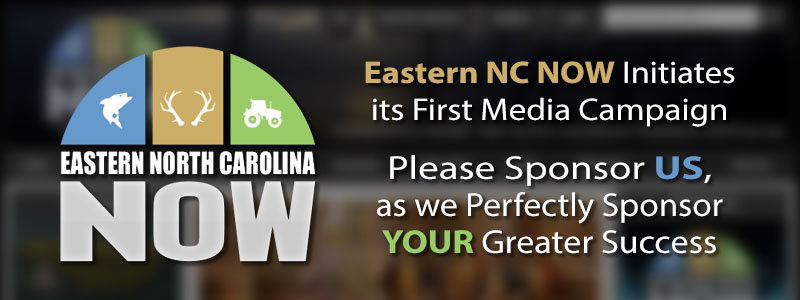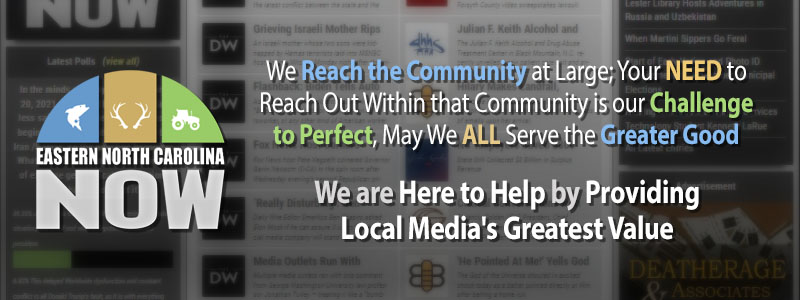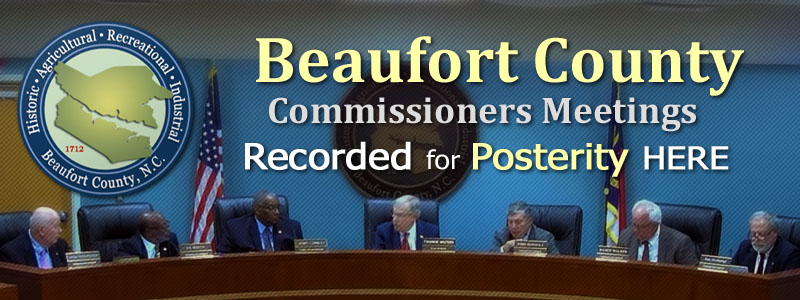Publisher's note: This article appeared on John Hood's daily column in the Carolina Journal, which, because of Author / Publisher Hood, is linked to the John Locke Foundation.
John Hood, president of the John Locke Foundation.
RALEIGH - Since the onset of the Great Recession in 2007, many American households and businesses have substantially reduced their indebtedness.
That was a rational decision. A key cause of the boom that led to the bust was excessive leverage, itself a product of the Federal Reserve Board's easy-money policy and the tax code's strong bias in favor of debt over equity. This excessive leverage had to work itself out of the financial system, as painful as the adjustment has been.
Of course, not everyone has made significant progress in paying off debts. Some folks have been struggling just to make minimum payments. Some have actually begun to borrow again to finance new purchases or businesses. And the federal government has borrowed and spent recklessly since 2007, racking up trillions of dollars of additional debt while demonstrating the fecklessness of traditional Keynesian stimulus schemes.
Still, de-leveraging in the private sector has been significant and impressive. One way to look at it is to track the cost of servicing household debts as a share of disposable income. The Fed has been keeping such estimates since 1980. The
latest data, for the third quarter of 2013, show that the average U.S. household spent 9.92 percent of disposable income on mortgage payments and consumer debt service - the lowest ratio since 1980 and much lower than the peak of 13.18 percent of income, reached in the fourth quarter of 2007.
In one category of borrowing, however, the news has not been good: student debt. Thanks to generous federal subsidies and soaring costs, outstanding loans for college education have increased dramatically -
by about 20 percent just since 2011. Bloomberg Businessweek
reports that the share of 25-year-olds with student-loan debt was 43 percent in 2012, up from 25 percent in 2003. Average balances are up by 91 percent, to $20,326.
That Businessweek piece features prominently a recent discussion of student debt before the Greater Raleigh Chamber of Commerce. Jeffrey Lacker, president of the Richmond Fed, told the Raleigh audience that continuing increases in student loan balances have implications for the broader economy. "I'm always made very nervous by a credit market that benefits from government guarantees and is expanding very rapidly," Lacker said. "That's what we're seeing with student loans, and it's what we saw with housing."
At the same event, Wells Fargo economist John Silvia pointed out that debt can be used rationally to pursue a valuable asset, but that's not always the case in higher education. "If you're a pre-med student, you're an engineering student, and you take out $40,000 or $60,000 of loans, I have no problem with that," Silvia said. "But if you're going to be a French major, you're going to study social welfare, and you're going to take out $60,000 of loans, who is making the economic judgment here?"
The delivery system for higher education is grossly at odds with what many students really need and what students, parents, and taxpayers can afford to pay. Glenn Reynolds, a law professor at the University of Tennessee and USA Today columnist who blogs at InstaPundit.com, has just released a new book exploring the issue of educational transformation in great depth. George Leef has just reviewed the book, The New School, for the
Pope Center website. Leef writes that when it comes to higher education:
... Reynolds thinks we will see shrinkage (not enough students enrolling to keep some from folding), reconfiguration (students shifting toward low-cost institutions such as community colleges), substitution (young people for whom college was more of an experience than an education will find less costly ways to get the peer-bonding they want), exit (as having a college degree fades in importance, more people will forego the quest for one), and new models (we're in the age of information and it's very likely that innovators will come up with new educational modes).
I agree with his predictions. Unfortunately, that still leaves us with massive student loan debts already incurred, much of which financed little to no real increase in knowledge, skills, or employability.


























